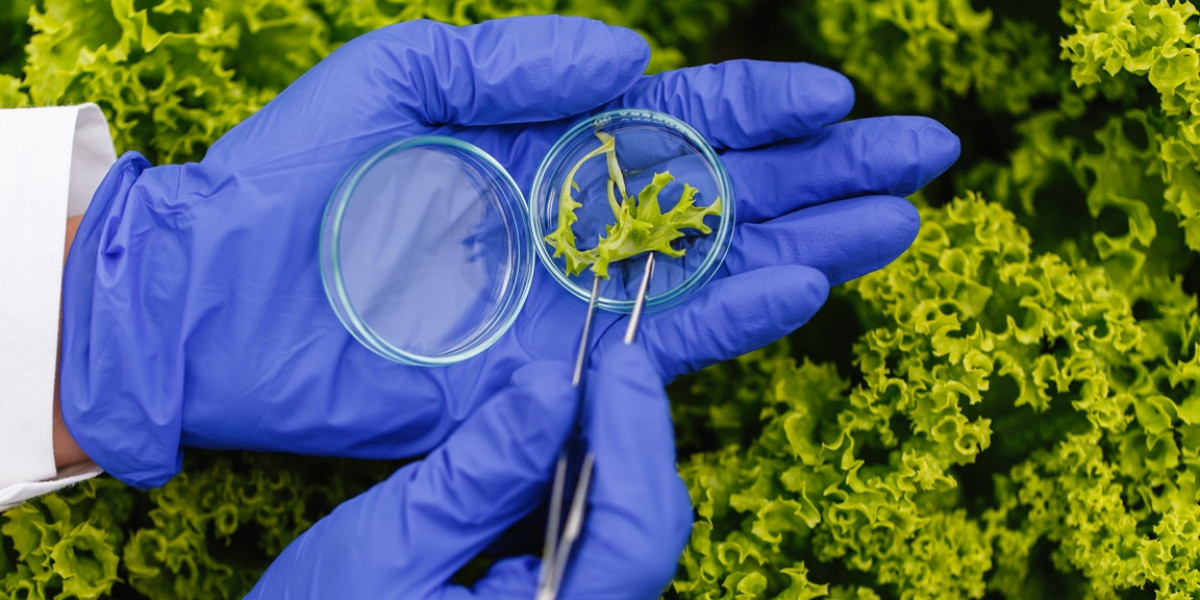The biocontrol agents market has seen substantial growth over the last decade as demand for sustainable and eco-friendly pest management solutions increases. With the adverse effects of chemical pesticides on human health, ecosystems, and biodiversity, there has been a significant push towards biological alternatives. However, despite the promising benefits of biocontrol agents, several restraints continue to hinder the market's growth and broader adoption. These include high costs, regulatory challenges, limited awareness, inconsistent effectiveness, and difficulties integrating biocontrol agents into traditional agricultural practices. This article highlights some of the key challenges facing the biocontrol agents market and explores how these barriers could be addressed to unlock the full potential of biological pest control.
1. High Initial Costs
One of the most significant barriers to the widespread adoption of biocontrol agents is the high initial cost compared to conventional chemical pesticides. While biocontrol agents are generally considered more cost-effective in the long run due to their sustainability and reduced environmental impact, the upfront investment can be a deterrent for farmers, especially in developing regions.
The cost of producing and applying biocontrol agents is typically higher than that of synthetic pesticides. Additionally, there is a need for specialized equipment to apply some biocontrol agents, further increasing the overall cost. These expenses can be prohibitive for smallholder farmers, who often operate with limited budgets and may not have access to financial incentives or subsidies to cover the initial investment.
For biocontrol agents to gain broader market penetration, it will be crucial for manufacturers to drive down production costs through improved technologies and for governments to provide financial support, such as subsidies or tax incentives, to make these products more accessible.
2. Limited Awareness and Education
Another significant restraint facing the biocontrol agents market is the lack of awareness and understanding among farmers about the benefits and application of biological pest control methods. In many regions, especially in developing countries, farmers are more familiar with traditional chemical pesticides, which have been the go-to solution for pest management for decades. Many farmers are hesitant to switch to biocontrol agents due to a lack of knowledge about their effectiveness, benefits, and proper application techniques.
In some cases, farmers may view biocontrol agents as less reliable than chemical pesticides, due to concerns about their ability to deliver the same level of immediate pest control. As biocontrol agents often require more time to show results compared to conventional pesticides, farmers accustomed to quick fixes may be reluctant to adopt these solutions.
To overcome this barrier, agricultural extension services, NGOs, and private companies must invest in training programs to educate farmers about the potential benefits of biocontrol agents and how to use them effectively. Increased education and outreach will help build trust in biocontrol products, leading to greater adoption.
3. Regulatory Hurdles and Lack of Standardization
The regulatory approval process for biocontrol agents is often lengthy and complex, with different countries having varying standards for registration and commercialization. In many cases, biocontrol products are subject to strict regulations that may delay their entry into the market. This can be particularly challenging for smaller companies developing innovative biocontrol solutions, as they may lack the resources to navigate the regulatory landscape.
Additionally, regulatory standards for biocontrol agents are still in the process of being standardized across different regions, which can create confusion and slow down market penetration. While some countries have established clear guidelines for biocontrol agent approval, others have yet to fully integrate these products into their regulatory frameworks. This inconsistency can limit the availability of biocontrol agents in certain markets and create barriers to international trade.
To address this issue, governments and regulatory bodies must work towards creating clear, consistent, and harmonized guidelines for biocontrol agents. Streamlining the approval process would help speed up the commercialization of these products and expand their availability worldwide.
4. Inconsistent Effectiveness and Limited Scope
Another significant challenge facing biocontrol agents is the inconsistency in their effectiveness, which can vary depending on factors such as environmental conditions, pest species, and the specific biocontrol agent used. Unlike synthetic chemical pesticides, which are designed to work universally against a wide range of pests, biocontrol agents are often more specialized and may only target specific pest species.
The success of biocontrol agents can also be influenced by weather conditions, soil health, and other environmental factors, which may limit their effectiveness in certain areas or during specific seasons. For instance, certain microorganisms or natural predators may not thrive in hot, dry conditions, which can make their use less reliable in some regions.
This variability in effectiveness makes biocontrol agents less predictable compared to conventional pesticides, which provide immediate and consistent results. As a result, farmers may hesitate to adopt biocontrol agents, especially in high-risk situations where pest infestations are severe and require fast action.
Research and development into new, more robust biocontrol agents, along with field trials to optimize their use, will be essential to improving the consistency and reliability of these solutions. Developing biocontrol agents that can be applied more universally across different environmental conditions would significantly expand their market potential.
5. Compatibility with Existing Agricultural Systems
Integrating biocontrol agents into existing agricultural systems can be challenging, particularly for large-scale farms that have been using chemical pesticides for years. For many farmers, switching to biological pest control requires a significant shift in mindset and a reevaluation of their current practices. Biocontrol agents are often most effective when used as part of an Integrated Pest Management (IPM) strategy, which combines biological, chemical, and cultural methods. However, implementing IPM can be complex and may require new skills, equipment, and processes.
In addition, the transition to biocontrol agents may necessitate changes in crop rotation, pest monitoring, and other aspects of farm management. This can be time-consuming and may disrupt established practices, leading to resistance from farmers who are used to conventional farming methods.
To address these integration challenges, agricultural extension services and technology providers should offer support to farmers in the form of tailored advice, tools, and training on how to successfully adopt biocontrol agents within their existing systems. Creating user-friendly solutions and providing step-by-step guidance will help ease the transition to more sustainable pest control methods.
Conclusion
While the biocontrol agents market presents significant growth opportunities, several restraints continue to limit its adoption and widespread use. High initial costs, limited awareness, regulatory hurdles, inconsistent effectiveness, and challenges related to integration into existing agricultural practices all present obstacles to market growth. However, by addressing these issues through innovation, education, and policy support, the full potential of biocontrol agents can be realized. As the market continues to evolve, overcoming these restraints will be key to unlocking the widespread adoption of biocontrol agents in global pest management.
Discover more: https://www.pristinemarketinsights.com/biocontrol-agents-market-report









